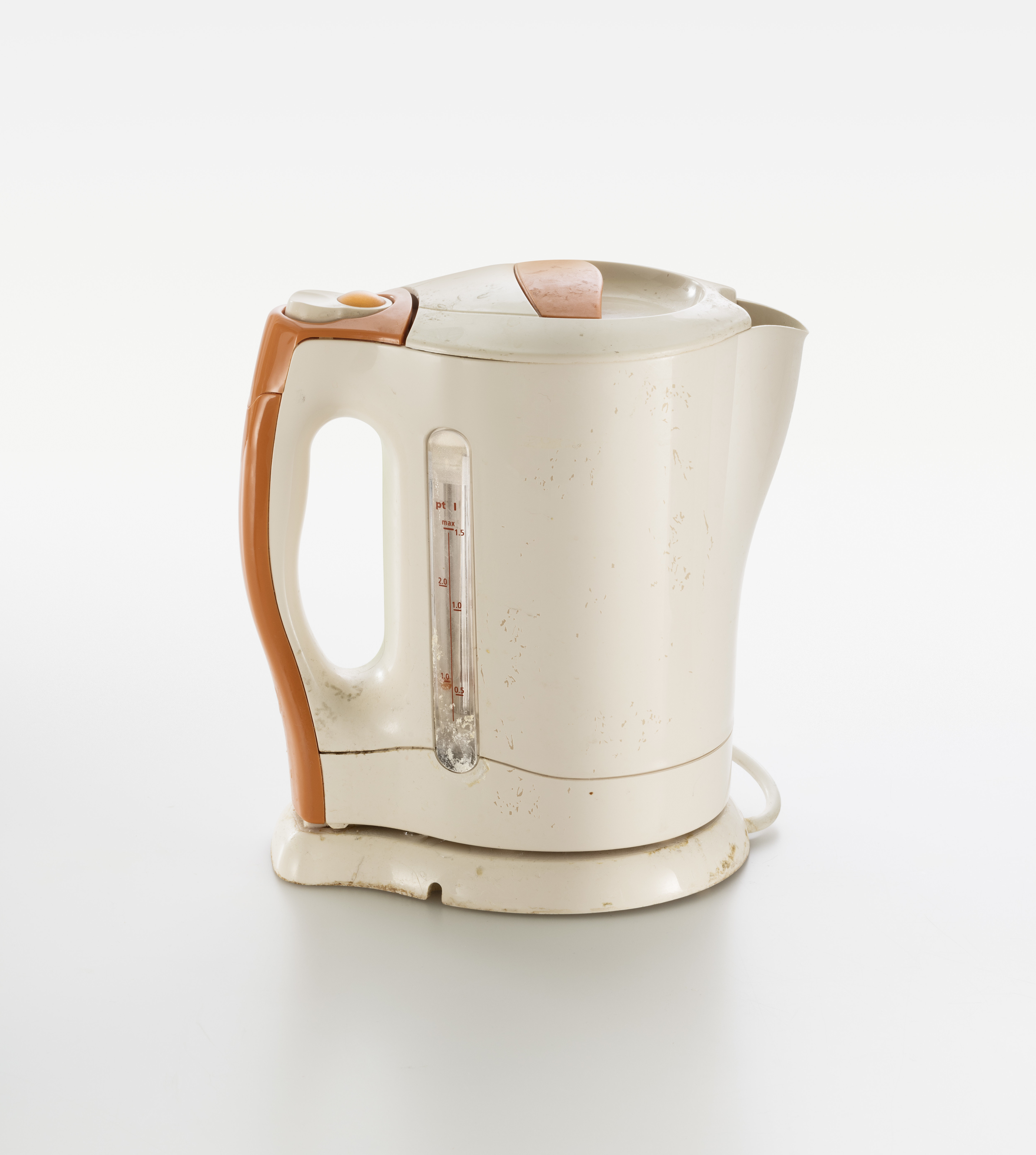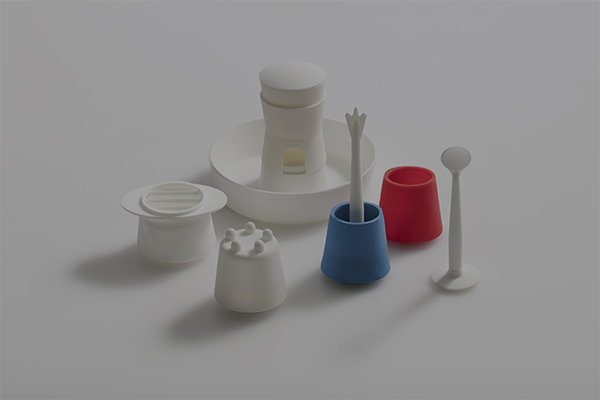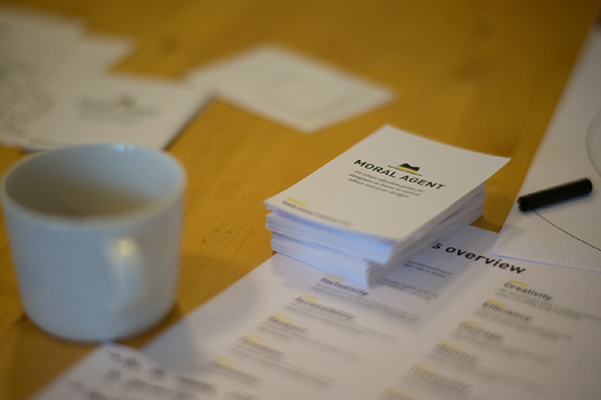As objects around us begin to collect data and make suggestions about what might be desirable, it is possible that they may even be able to design things that we could never think of. Thing-Centered Design is a new way of researching and designing ‘with’ things that looks into these possibilities.
Studiolab 'Kettle'
No matter whether we see the artifact as a manifestation or a provocation, whether we use them as a vehicle for critique or for developing theories - artifacts certainly have an important influence on people. Whether they are props or fully functional products, their tangible qualities draw attention and spur the imagination of many. At the same time to gain insight from an artifact, we need to have a framing. And it’s on this idea of whether artifacts speak by themselves, that [we need to] consider how the agency of artifacts is transformed by data technologies.
To avoid thinking of data-enabled artifacts as measurement devices aimed to produce data for analysis, I will use the term ‘things’ rather than artifacts. With the use of the term things, besides the obvious link to data technologies, Internet of Things infrastructures etc. I aim to go beyond the idea of the ‘single object’ (the device) and frame data-enabled artifacts as sociomaterial assemblies, where data, connections and interactions (humans and humans, humans and nonhumans) converge.



